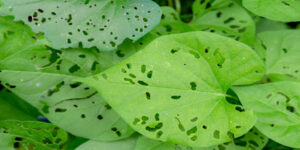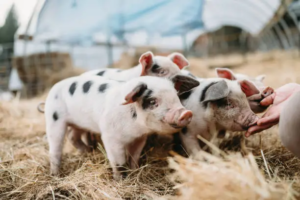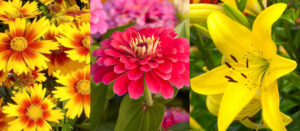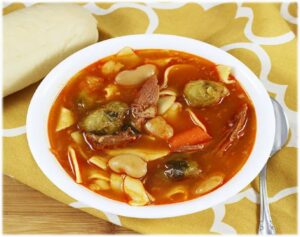Creating a garden that attracts and supports wildlife is not only a delightful way to enjoy nature but also plays a crucial role in promoting biodiversity and ecological health. By choosing the right plants and designing your garden to be a welcoming haven for insects, birds, and other creatures, you can contribute to wildlife conservation and enjoy the myriad benefits that a lively garden brings. Here’s how you can transform your garden into a thriving habitat for beneficial wildlife.
Importance of Biodiversity in Gardens

Biodiversity refers to the variety of living species, including plants, animals, bacteria, and fungi, which interact within an ecosystem. In garden environments, higher biodiversity helps maintain stability, fosters resilience, and supports complex ecological interactions that contribute to the health and productivity of the garden. By attracting a diverse range of wildlife, you also aid in pollination, pest control, and nutrient cycling, enhancing the overall health of your garden.
Plant Selection for Wildlife

Choosing the right plants is critical in creating a wildlife-friendly garden. Opt for native species that are well-adapted to your local climate and soil conditions, as these plants naturally attract local wildlife and require less water and care.
- For Pollinators: Include a variety of flowering plants that bloom at different times of the year to provide a continuous food source. Flowers like lavender, salvia, and echinacea are excellent for bees and butterflies. Additionally, the inclusion of milkweed is particularly beneficial for monarch butterflies.
- For Birds: Berry-producing plants like holly and elderberry, along with seed-bearing flowers such as sunflowers and coneflowers, attract birds. Shrubs and trees, such as dogwood and crabapple, provide nesting sites and materials.
- For Beneficial Insects: Plants like fennel, dill, and parsley are great for attracting beneficial insects, including ladybugs and lacewings, which help control pest populations.
Habitat Creation

Beyond plant selection, creating varied habitats enhances the attractiveness of your garden to different species. Here are some tips:
- Water Features: A simple birdbath or a small pond can attract a variety of wildlife, including birds, beneficial insects, and amphibians. Ensure to keep the water clean and shallow enough to be wildlife-friendly.
- Shelter: Features like brush piles, logs, rock walls, and hedge rows offer excellent hiding spots and nesting sites for small mammals, insects, and reptiles.
- Layered Planting: Incorporating layers in your garden design from ground covers to shrub layers and tree canopies creates a variety of shelters and feeding opportunities for different wildlife species.
- Bee Habitats: To specifically attract bees, consider installing bee hotels or bee blocks which provide nesting sites for solitary bees. Additionally, planting a variety of bee-friendly plants, such as bee balm, clover, and other native wildflowers, encourages their presence.
Garden Practices for Supporting Wildlife

How you maintain your garden also impacts its wildlife-friendliness.
- Avoid Chemicals: Reduce or eliminate the use of chemical pesticides and herbicides, which can be harmful to both wildlife and the environment. Opt for organic gardening practices to maintain the health of your soil and local ecosystems.
- Leave the Leaves: Allow leaf litter to accumulate in certain areas. It provides habitat and food for many creatures, from butterflies and beetles to birds.
- Composting: Incorporating composting in your garden not only reduces waste but also improves soil health, supporting more robust plant growth and a healthier habitat.
Engaging with Your Wildlife Garden
Once your garden is buzzing with life, take time to observe and record the wildlife visiting your garden. This can be a wonderful way to connect with nature and notice the impact of your efforts. Educational opportunities abound as well—gardens are excellent tools for teaching children and community members about ecology and conservation.
Creating a wildlife-friendly garden is a rewarding endeavor that enhances your environment and supports global biodiversity. Whether you’re a seasoned gardener or a beginner, simple changes can make a significant impact. Happy gardening!













